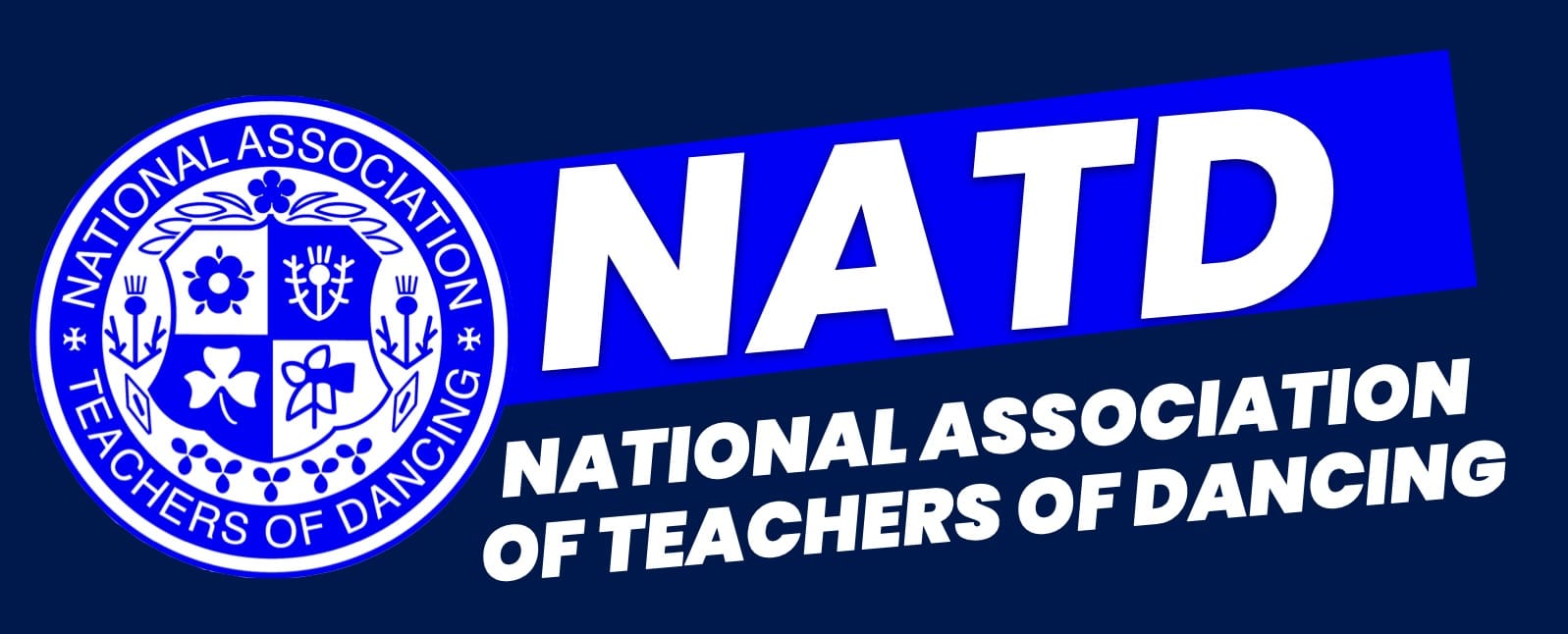Your questions answered
Regulatory Information
1.What is the Regulated Qualifications Framework?
The Regulated Qualifications Framework shows the relationship between different sorts of qualifications. Qualifications which are regulated by Ofqual in England, CCEA in Northern Ireland and Qualifications Wales in Wales are all listed on this framework.
You can search for regulated qualifications in England, Wales and Northern Ireland using the search tool provided at www.gov.uk/find-a-regulated-qualification
2. What is credit?
These are quite separate from UCAS points but are often confused.
The credit value of a qualification is based on 1 credit for every 10 hours of learning (both taught and private study). Total Qualification Time for a qualification is based on the credit value x 10.
Credits will appear on NATD certificates.
This applies to ALL Theatrical Branches, Musical Theatre and Freestyle – Grades 1 to 8, Intermediate Foundation, Intermediate, Advanced 1 and Advanced 2 as below.
Grades 1/2/3 – 7 credits
Grades 4/5 – 10 credits
Grades 6/7/8 – 13 credits
Intermediate Foundation – 28 credits
Intermediate – 28 credits
Advanced 1 & 2 – 33 credits
3. What are Guided Learning Hours?
Guided Learning Hours are sometimes called “taught time” in that they are the number of hours of contact time between a teacher/tutor and the learner. Guided Learning Hours are a useful indicator of how much time is needed to teach a learner the content of a qualification so that providers can put together appropriate timetables and timescales for the delivery of qualifications. Guided Learning Hours are usually added to any private study time to work out the credit value of a unit.
4. UCAS tariff points
Tariff points for entry to Higher Education courses are determined by UCAS who look at the level of demand (difficulty) and the size of qualifications at level 3 in the Regulated Qualifications Framework and decide the points value.
Dance examinations that are at level 3 (and thus are deemed equal to A level in broad level of demand) qualify for points that may be accepted by universities and colleges. Grades 6/7/8 and Intermediate are the accepted qualifications. The tariff points for regulated dance examinations are listed below. Acceptance of the tariff points varies between higher education institutions.
NATD Examinations in Ballet/Classic (Russian) Ballet/Ballroom/Contemporary/Freestyle/Gymnastic Dance/Modern Stage/Musical Theatre/National Tap/Stage Branch Tap/Street Graded Syllabus from April 1st 2015 may be referred to in a UCAS application.
5. Why are there no UCAS Tariff points for Intermediate Foundation and Advanced 1 and 2?
UCAS points are only applicable to Level 3 qualifications (broadly A Level standard) which are grades 6-8 and Intermediate. Graded examinations in dance, their Regulated Qualifications Framework level and broad equivalences are listed below.
Grade 1-3 = level 1 broadly equivalent to GCSEs graded 3-1
Grade 4-5 and Intermediate Foundation = level 2 broadly equivalent to GCSEs graded 4-9
Grade 6-8 = level 3 broadly equivalent to A level – UCAS tariff points awarded.
Intermediate = level 3 broadly equivalent to A Level – UCAS tariff points awarded.
Advanced 1 and 2 = level 4 – broadly equivalent to first year undergraduate degree.
6. Unique Learner Numbers
The Unique Learner Number (ULN) is a 10-digit reference number used to identify an individual learner, and is used to access the Personal Learning Record (PLR) of anyone over the age of 14 involved in UK education or training. Learners retain the number throughout their lives, whatever their level of learning and wherever they participate in education, training and learning.
All school leavers are automatically provided with a ULN (except for private school leavers). It can be found on their results slips or exam certificates. Please check at schools and colleges for ULNs.
7. How are Unique Learner Numbers different from other numbers issued to candidates?
The ULN is the only number that is issued on a national basis. All other candidate reference numbers are issued by individual awarding bodies.
8. What is the Personal Learning Record?
The Personal Learning Record (PLR) is a database which shows records of the achievements of individual learners from when they were at school, college or a recognised further education training provider from 14+ years.
The PLR allows individual learners access to their past and current achievement records. It can share records with the school, college, further education training provider, university or employer.
Schools, colleges, further education training providers and universities staff can use the PLR to directly access records for individuals making applications or studying at their organisations. They will typically use the PLR to verify learners’ qualifications because it’s quicker and easier than reviewing and checking certificates, so speeds up the application process.
GRADED DANCE QUALIFICATIONS
Grades 6,7&8
Official title: Certificate in Graded Examination in (Theatre) Dance
| Grade Tariff Points | |||
| Grade 8 | Grade 7 | Grade 6 | |
| Distinction | 20 | 16 | 12 |
| Merit | 18 | 14 | 10 |
| Pass | 16 | 12 | 8 |
Grade bands: 8-10 (Grade 8), 6 – 8 (Grade 7), 4 – 6 (Grade 6)
Offered by BBO, GQAL, IDTA, ISTD, NATD, RAD and RSL
GRADED DANCE QUALIFICATIONS
Intermediate
Official title: Certificate in Graded Examination in (Theatre) Dance
| Grade Tariff Points | |
| Intermediate | |
| Distinction | 24 |
| Merit | 16 |
| Pass | 8 |
Grade bands: 3 – 11 (Intermediate)
Grade bands: 8-10 (Grade 8), 6 – 8 (Grade 7), 4 – 6 (Grade 6)
Offered by BBO, GQAL, IDTA, ISTD, NATD, RAD and RSL
